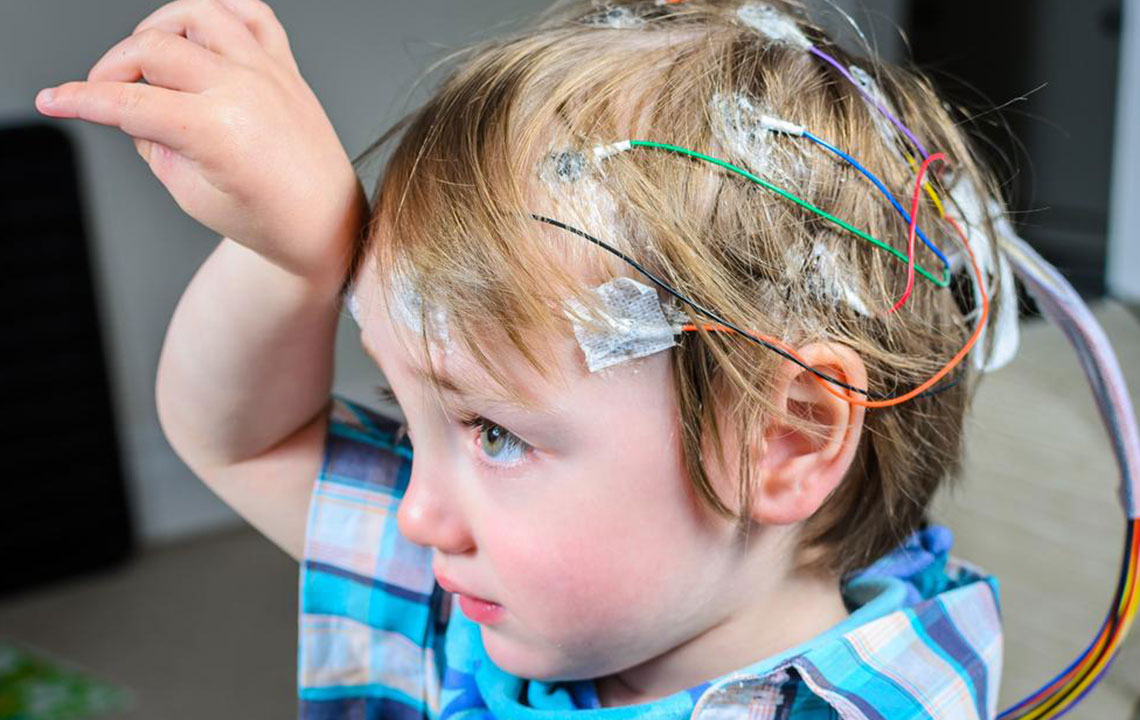Effective Strategies for Managing Epilepsy Seizures: Top Approaches Explained
Discover comprehensive strategies for managing epilepsy effectively. This detailed guide explores medications, surgical options, and neurostimulation therapies, providing insights into treatment benefits and risks. Learn how modern advances improve quality of life for epilepsy patients through personalized care plans that include medication, surgery, and device-based therapies. Stay informed about current options and empower yourself or loved ones to make better health decisions about epilepsy management.

Effective Strategies for Managing Epilepsy Seizures: Top Approaches Explained
Epilepsy is a complex neurological disorder that affects millions worldwide, characterized by unpredictable seizures caused by abnormal electrical activity in the brain. While it remains a challenging condition, significant advances in medical science have provided a variety of treatment options that enable many individuals to live fulfilling lives despite their diagnosis. Understanding these approaches, their benefits, and limitations can empower patients and caregivers to make informed decisions about managing this condition effectively.
In today's medical landscape, neurological disorders like epilepsy are increasingly manageable thanks to innovations in pharmacology, surgical techniques, and device-based therapies. Effective management not only reduces the frequency and severity of seizures but also enhances overall quality of life for those affected. This comprehensive guide explores the three main strategies used in epilepsy management: medications, surgical interventions, and neurostimulation therapies.
If you or a loved one are experiencing epilepsy symptoms, understanding the available treatment options is crucial. Each approach has its own indications, advantages, and potential risks, and tailored treatment plans are often necessary for optimal outcomes.
The most widely used and first-line treatment for epilepsy involves anti-epileptic drugs (AEDs). These medications do not cure epilepsy but play a vital role in controlling seizures. They act by stabilizing neuronal activity within the brain, thereby diminishing the frequency and severity of seizures. Common AEDs include carbamazepine, sodium valproate, lamotrigine, and ethosuximide. The choice of medication varies based on individual factors such as seizure type, age, overall health, and potential drug interactions.
While AEDs are effective for many patients, some may find their seizures continue despite optimal medication management. In such cases, surgical options might be considered. Epilepsy surgery involves removing or altering the part of the brain responsible for seizure activity. Pre-surgical evaluations—including detailed brain imaging, electroencephalograms (EEGs), and neuropsychological assessments—are crucial to determine the feasibility and safety of the procedure. Although brain surgery carries inherent risks like stroke or neurological deficits, advancements in surgical techniques and imaging have significantly improved outcomes. Approximately 70% of individuals who undergo epilepsy surgery achieve seizure freedom or a significant reduction in seizure frequency, substantially improving their quality of life.
For patients who are not suitable candidates for surgery or prefer non-invasive options, device-based neurostimulation therapies have offered promising results. Vagus Nerve Stimulation (VNS) is one such therapy, involving the implantation of a small device beneath the skin near the collarbone. This device delivers regular electrical impulses to the vagus nerve, which in turn modulates brain activity to reduce seizure frequency. The advantage of VNS is its relatively minimal invasiveness and the ability to control seizures in a broader range of patients.
Another innovative approach is Deep Brain Stimulation (DBS), where electrodes are surgically implanted into specific brain regions associated with seizure generation. These electrodes deliver targeted electrical impulses to normalize abnormal activity. DBS is typically reserved for severe cases where other treatments have failed. Although DBS involves complex surgery, recent improvements in electrode design and programming mean many patients experience significant seizure reduction and better overall control.
In addition to surgical and device-based therapies, lifestyle modifications, dietary management—such as ketogenic diets—and psychological support can further enhance treatment outcomes. It is fundamental for patients to work closely with their healthcare team to develop a comprehensive, personalized epilepsy management plan that combines these approaches as appropriate.
Understanding the spectrum of available management strategies for epilepsy can empower patients to take an active role in their treatment journey. Whether through medications, surgical intervention, or neurostimulation therapies, modern medicine offers hope for a more seizure-free future. Regular follow-up and adherence to prescribed treatment regimens are crucial for maximizing benefits and maintaining a good quality of life.





